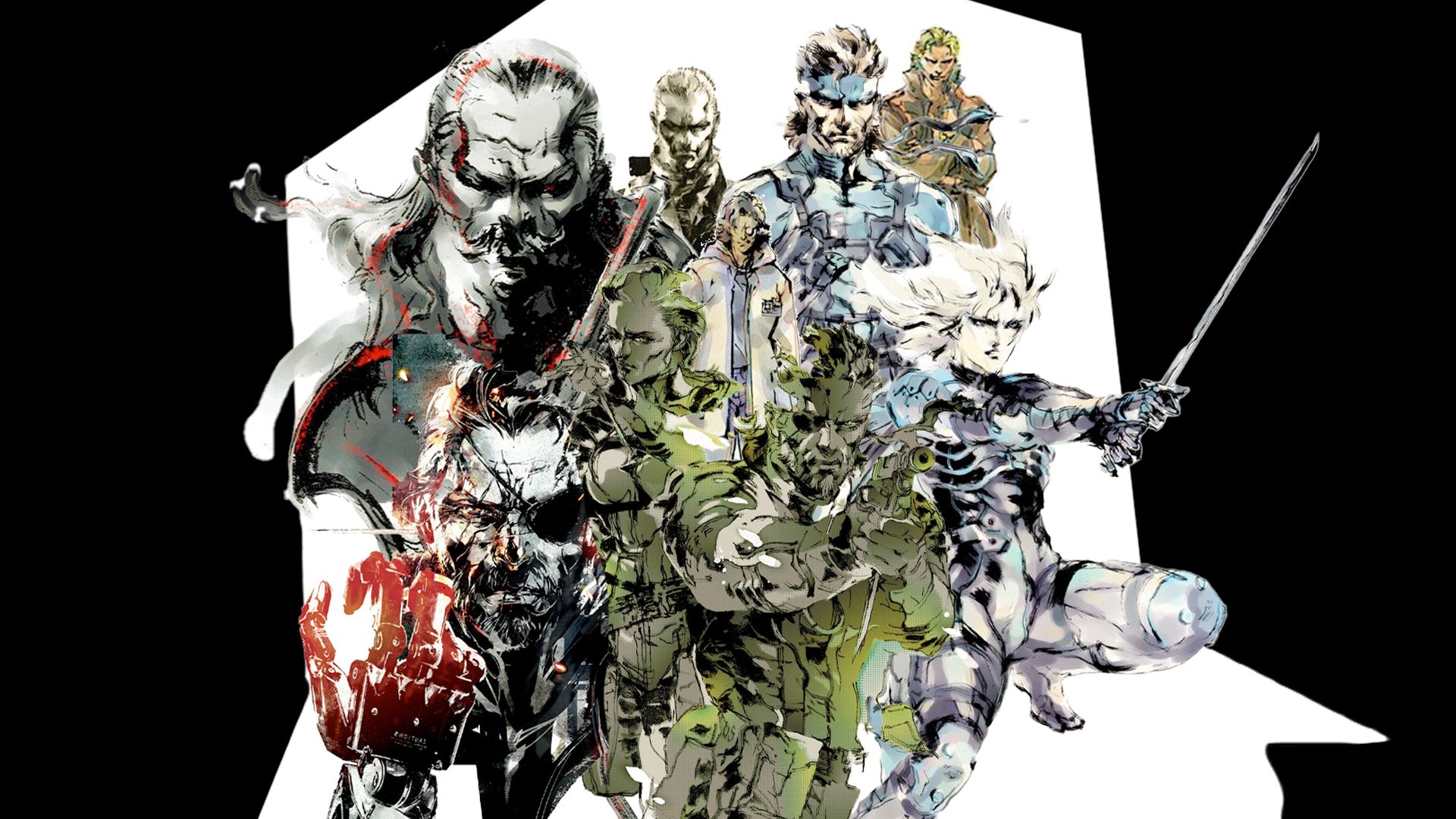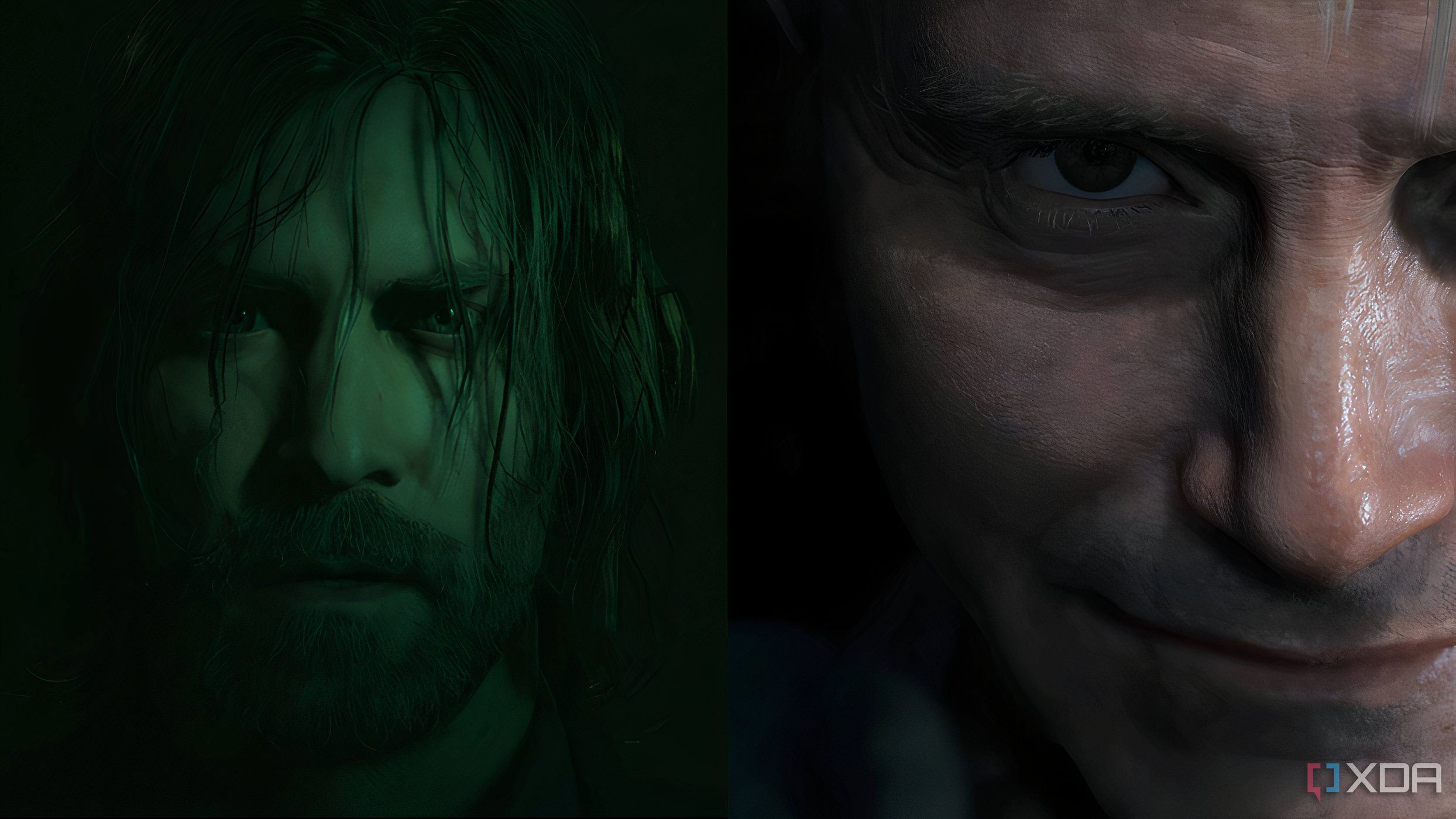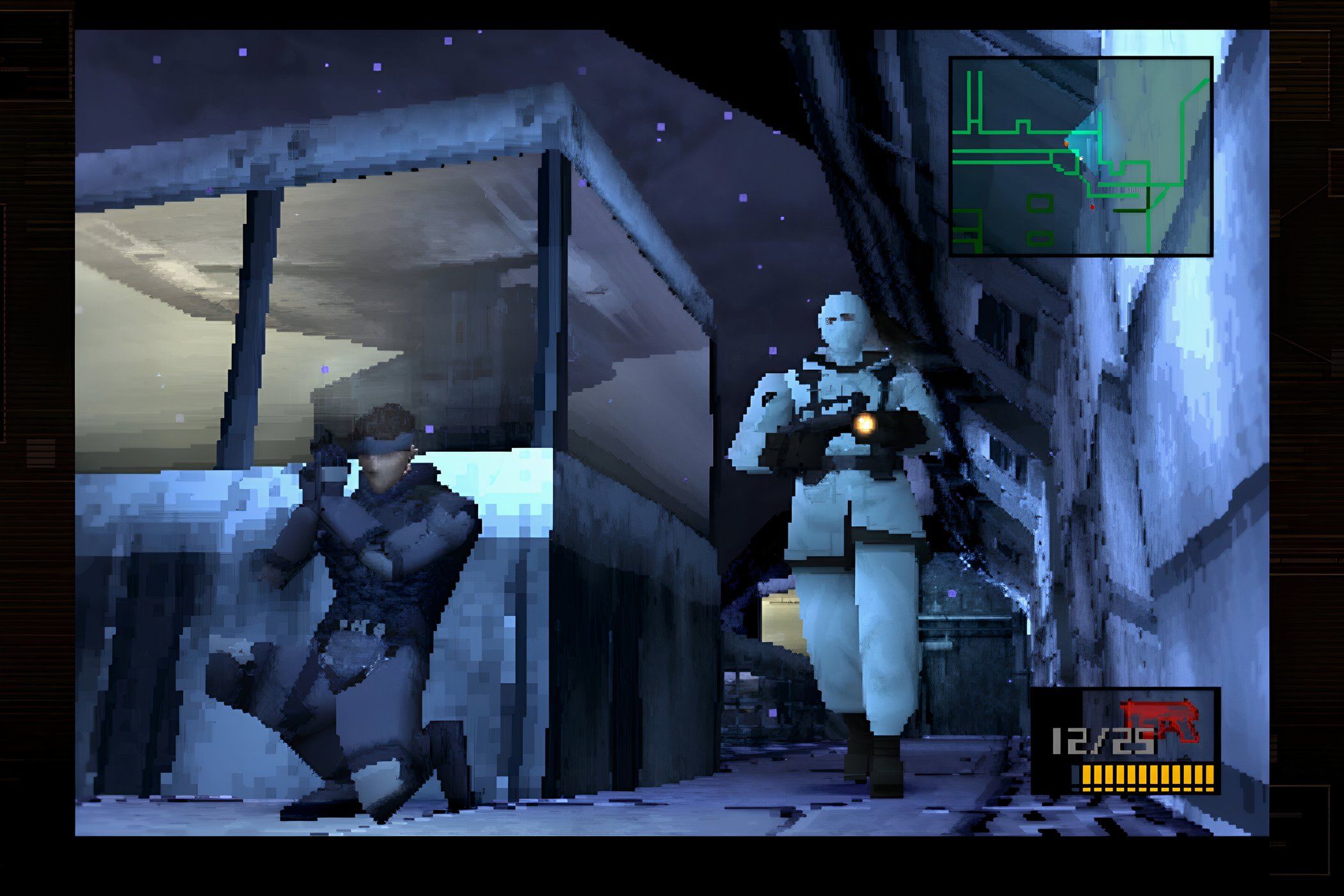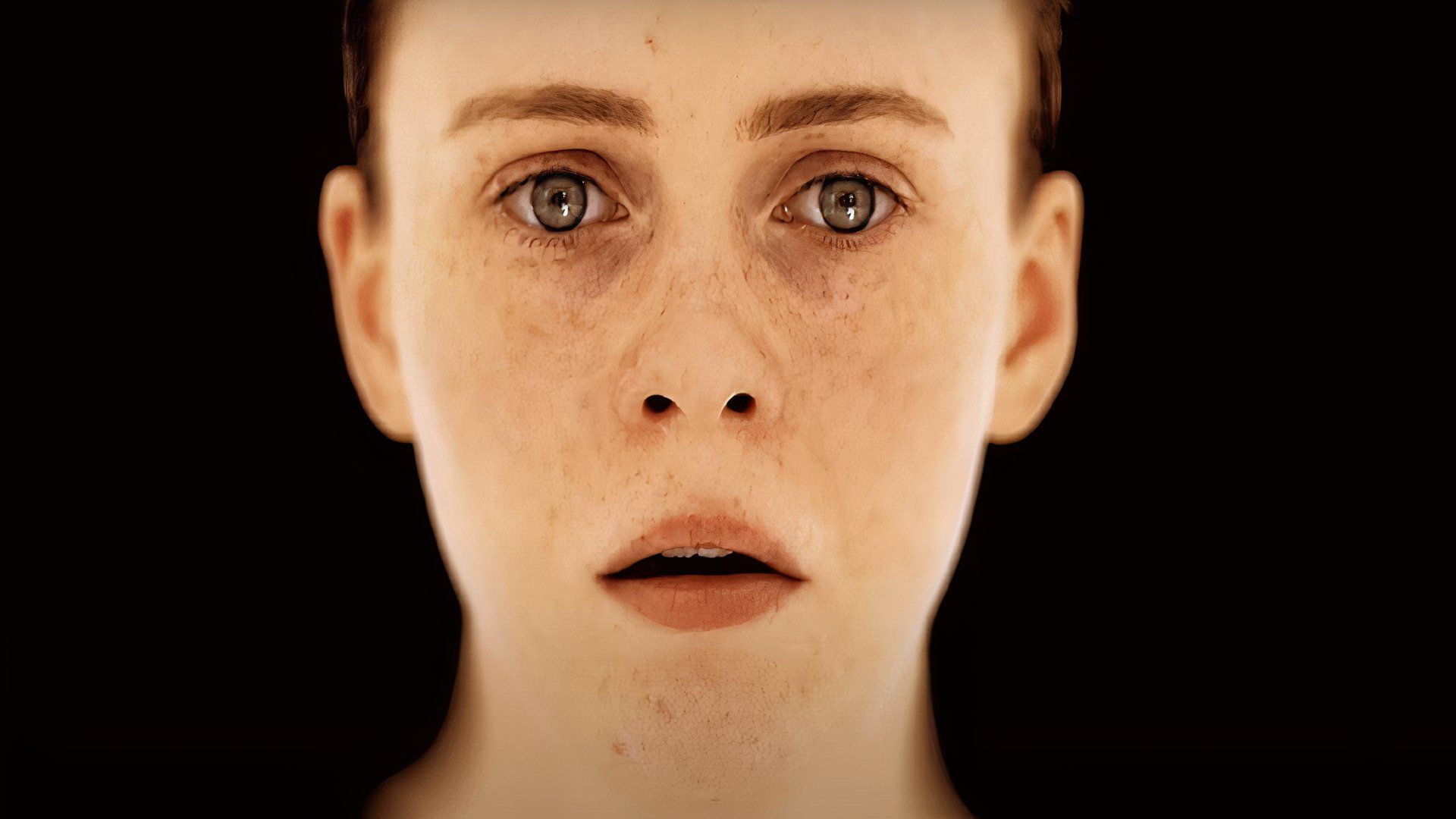If you’ve played a game in the last two decades, you probably know who Hideo Kojima is. Hideo Kojima is one of the industry’s most celebrated video game designers. He is known for innovation and creativity. He has reshaped telling stories in an interactive medium and pushed the envelope with his complex plots and unique game mechanics. Whether you love or hate him, you can’t deny his completely altered gaming.
Kojima has influenced games since joining AAA studio Konami in 1986, from Metal Gear Solid to Death Stranding. Kojima’s cinematic approach to game development makes him one of the most essential minds in gaming. It takes someone thinking outside the box to create truly genre-defining works.
We all start somewhere
Kojima’s early work
When he was a child, Kojima thought he’d grow up to be a filmmaker. This should be no surprise; his games have an artsy, cinematic vibe. He joined Konami because he saw the opportunity as a more accessible way to tell stories. In 1988, Kojima wrote and designed Snatcher, a cyberpunk graphic adventure game developed for PC and fourth-generation consoles.
Snatcher is well-recognized for its story and voice acting, and it was one of the few games to explore mature themes at the time. It also perfectly aligns with Kojima’s style, as its cinematic storytelling was the best part and on full display. Six years later, he developed a spiritual successor that followed the design philosophy of Snatcher nearly flawlessly. If you know where to look, these early works have glimpses of the Kojima of today.
Metal Gear And The Stealth Genre
Kojima is widely known for his masterpiece of a franchise, Metal Gear. The original title, released in 1987, was Kojima’s directorial debut. He was tasked with developing a war game and decided to design a title built around avoiding combat. Metal Gear had you outsmarting enemies instead of directly confronting them, which was unheard of then. Technically, there was another game with stealth mechanics, 1981’s Castle Wolfenstein; however, Metal Gear defined the genre and made way for it in the mainstream.
Kojima’s Breakthrough
Source: Steam
Metal Gear Solid was the game that shot Kojima into stardom. It took the foundation that the original Metal Gear established and turned it into one of the best PlayStation IPs ever. With this title, Kojima doubled down on his desire to introduce cinema into gaming. It was like a blockbuster film, and today, where video games are getting film adaptations and HBO television series, Metal Gear paved the way for that to happen.
Metal Gear Solid was also a significant step forward in terms of game design and interactivity. The game wasn’t afraid to be weird and break the fourth wall. One of the game’s bosses, reading your memory card and mocking the save data it contains, is an experience that shook the industry to its core. Hideo Kojima was ahead of his time, designing creative solutions to gameplay challenges and making him a true master of game design.
Consistently great
Kojima’s attention to detail, creative gameplay mechanics, and grand narratives continued throughout the rest of the Metal Gear Solid franchise. It was as if Kojima could do no wrong. The sequel, Metal Gear Solid 2: Sons of Liberty, subverted expectations and took risks, making it the perfect follow-up to its predecessor. Metal Gear Solid 3 and 4 continued to polish the pillars that uphold the franchise’s quality. Kojima’s film inspiration is just as strong with Metal Gear Solid 3’s James Bond influence and Metal Gear Solid 4’s long cutscenes. The final cut scene is about the same length as a feature film!
The series is complete with spinoffs and side projects, but Kojima’s next major innovation was Metal Gear Solid 5: The Phantom Pain. He and his team introduced stealth to open-world game design. The title is a perfect sandbox for those experimenting with all its options. Metal Gear Solid 5 is one of the most polished games of the 2010s, and its focus on player freedom makes it a timeless classic.
Mainline Metal Gear game sales
|
Metal Gear Solid (1998, PlayStation) |
Over 6 million copies sold |
|
Metal Gear Solid 2: Sons of Liberty (2001, PlayStation 2) |
7 million copies sold |
|
Metal Gear Solid 3: Snake Eater (2004, PlayStation 2) |
4.2 million copies sold |
|
Metal Gear Solid 4: Guns of the Patriots (2008, PlayStation 3) |
5.78 million copies sold |
|
Metal Gear Solid 5: Ground Zeroes (2014, XBONE, Xbox 360, PC, PS3, and PS4) |
2.35 million copies sold |
|
Metal Gear Solid 5: Phantom Pain (2015, XBONE, Xbox 360, PS3, and PS4) |
5 million copies sold |

Related
Ranking every mainline Metal Gear game
Which Metal Gear Solid is the best? Where does MGS3 stack against Metal Gear for the MSX? Let’s dive in to find the definitive answer.
A playable teaser
Horror redefined
Ten years ago, Konami released a playable teaser on the PlayStation Network. The playable teaser, commonly known as P.T., is a short demo of a first-person horror game. P.T. rapidly became legendary for its unique approach to scaring the player. You’re immediately trapped in a looping hallway filled with cryptic puzzles and a suffocating atmosphere. Completing this demo required gamers to come together in a way that had never been seen before. It was genuinely refreshing to see a game have so much faith in its players being able to uncover its secrets.
Imagine the shock when completing the demo revealed it was a teaser for a new Silent Hill title with Hideo Kojima and filmmaker Guillermo Del Toro at the helm. We should’ve known in retrospect, as it had Hideo Kojima’s design all over it. It was forward-facing and psychological and will be remembered as one of the scariest horror experiences ever.
Suppose you’re still not convinced of the influence of Hideo Kojima. In that case, you should know that this very short demo, shelved by Konami shortly after, inspired dozens of horror titles in the years after.
Evidence of greatness
Kojima has been great throughout his entire career. He has always been a weird developer, but the industry needs weird developers to keep the AAA industry fresh. Hideo Kojima has never been afraid to implement quirks or weird mechanics into his games. One example is Boktai: The Sun Is in Your Hand, a Game Boy Advance title produced by Kojima in 2003. Upon first glance, the title seemed like your run-of-the-mill vampire-hunting title, but remember, Kojima is an experimental genius. This title’s cartridge contains a light sensor. A core part of the gameplay loop requires you to charge your in-game hunting weapon with sunlight, bridging the gap between the digital world and real life.
This is the type of developer Kojima is. Unfortunately, Boktai wasn’t a successful blockbuster hit, but it showed that Kojima was never chasing hits, only new ways to engage players in gaming.
A strand-type game
Defining A Genre Wasn’t Enough
After the dramatic and drawn-out fallout between Konami and Kojima in 2015, Kojima launched an independent studio and began developing his next title, Death Stranding. Death Stranding is a challenging game to categorize. Kojima himself considers it a “Strand-type game,” but no one knows what that means in Kojima fashion. It makes sense; Death Stranding is an action-adventure game whose gameplay loop revolves around delivering cargo in a post-apocalyptic America. While it is still an action game at its core, you are heavily disincentivized from harming others. The game wants to help you connect with the world and other players.
Kojima’s filmmaking influence is also on full display. Kojima brought on Hollywood talent to bring the game’s characters to life. Death Stranding’s story, gameplay, and development were all risky and unconventional, but the creative risks of Kojima turned out to be worth it. Death Stranding was a critical and commercial success, with many praising it as a masterpiece.

Related
4 reasons why the gaming landscape needs weird games like Alan Wake 2 and Death Stranding
Weird, experimental games like Alan Wake 2 & Death Stranding push gaming forward — here’s why the industry needs more of them.
What Does It Mean To Be A Kojima Title
Screenshot from the Game Awards Reveal of OD
A Kojima experience is cinematic, blending filming techniques and longer cutscenes. He tastefully includes fourth wall breaks, allowing him to address the player directly. Fourth-wall breaks are not unique to him by any means. However, there is a certain flair to how he handles it. Kojima games tend to engage in social commentary. Metal Gear Solid explores war and politics. Death Stranding explores connection and isolation. It is safe to assume that his stealth sim title, Physint, and the horror title he’s developing with prolific horror director Jordan Peele, OD, will also have some commentary on a societal issue.
The final and most important pillar of Kojima’s game design is innovation. He’s always pushing the industry forward with his releases and paving the way for exploring new experiences. Kojima’s willingness to defy player expectations is a key part of his genius.














